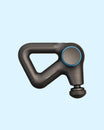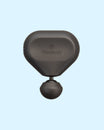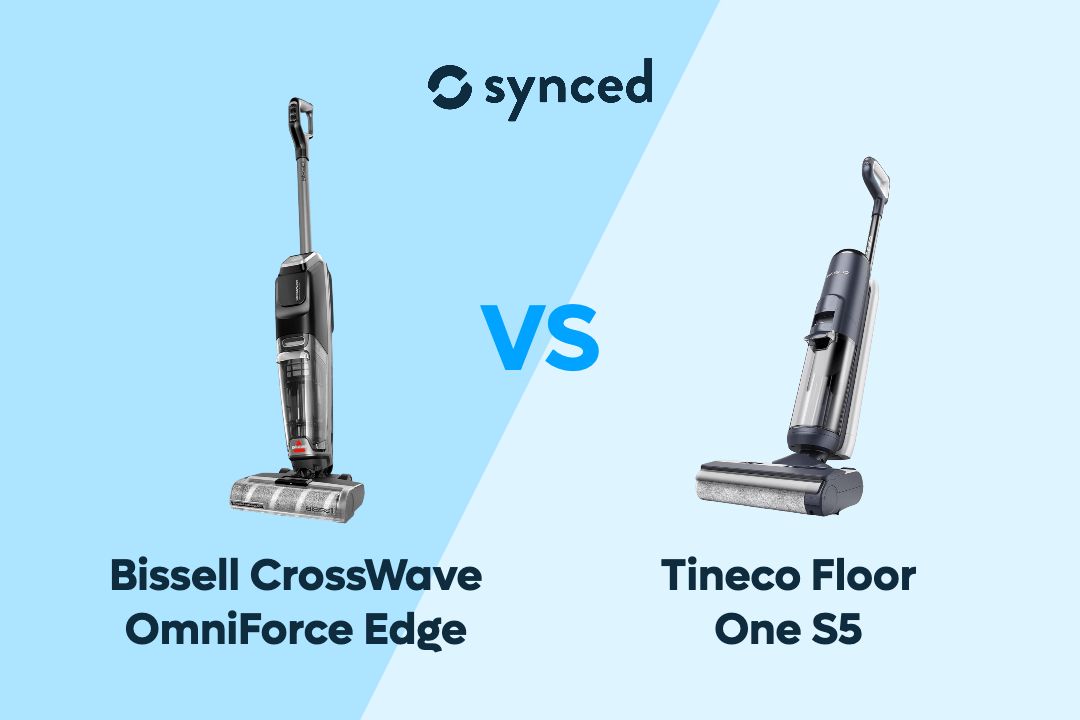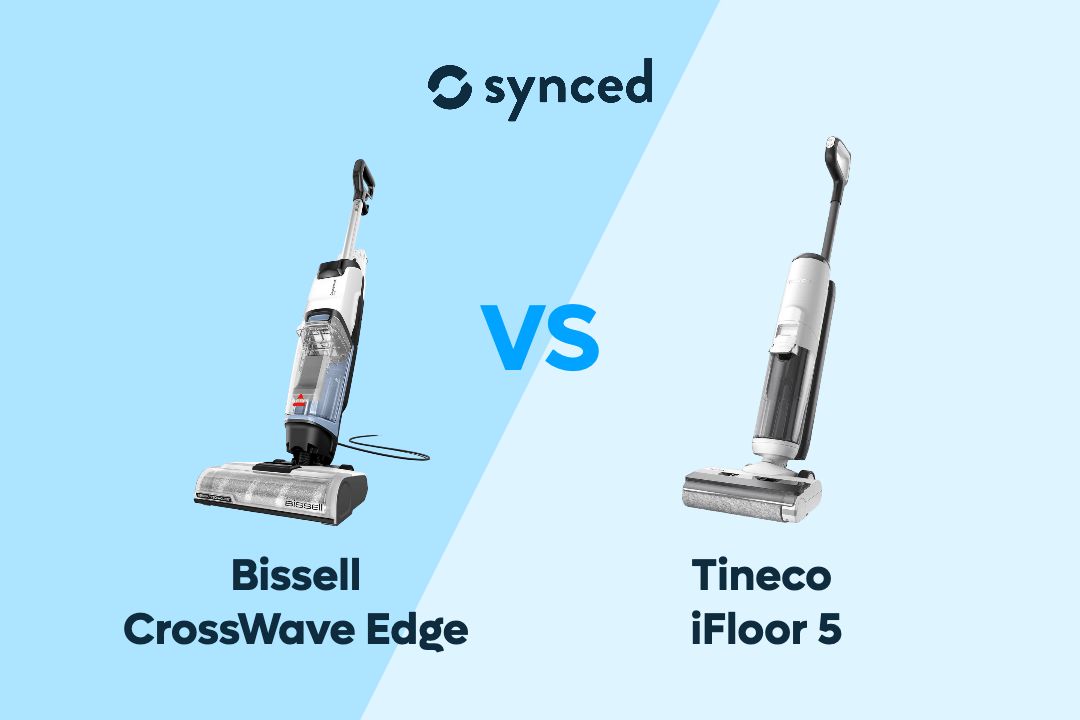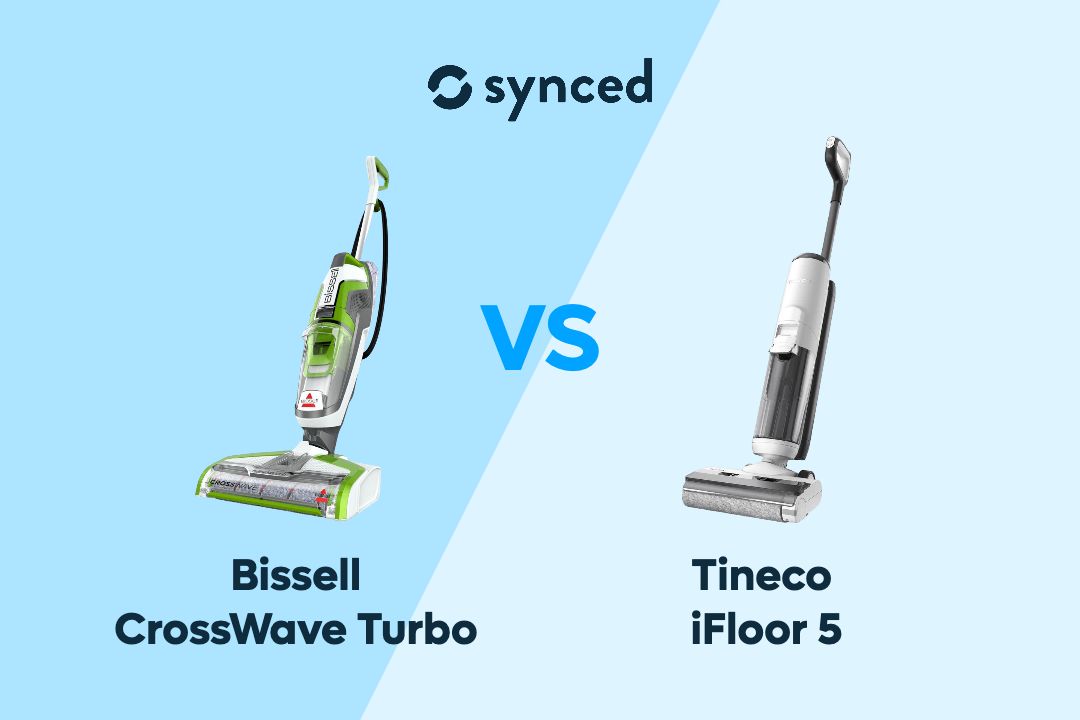Insta360 Link 2 vs Logitech MX Brio
Elisabeth Christ
Updated October 2024

The modern demand for high-quality video communication has ushered in an era of advanced smart webcams, making it essential to choose the right tool for professional and personal use. Among the top contenders, the Insta360 Link 2 and Logitech MX Brio stand out for their innovative features, high-performance capabilities, and competitive pricing. Both webcams have carved niches for themselves by providing high-resolution video, intuitive controls, and adaptable designs. This comparison delves into the details of these two smart webcams to see which one comes out on top.
Key Takeaways
The Insta360 Link 2 impresses with its innovative design, AI-driven tracking, and seamless gesture control, making it a strong contender for dynamic video creators and professionals. Meanwhile, the Logitech MX Brio offers broader versatility with its refined autofocus, HDR capabilities, and customizable software settings, appealing to users seeking a more stationary, professional webcam solution. Each excels in different use cases, making your choice dependent on how you plan to use the webcam.


Insta360 Link 2
Mid-range Webcam with Advanced Features and 2-axis Gimbal
✓ 2-axis gimbal
✓ New magnetic mount system
✓ 1/2" sensor
✓ 26-millimeter equivalent f1.8 lens

Logitech MX Brio
Mid-range Webcam with 2-axis Gimbal
✓ Manual privacy shutter
✓ Detachable universal mounting clip
✓ 8.5-megapixel Sony Starvis sensor
✓ 4K30fps video resolution
#1 Price & Design

Insta360 Link 2
At a glance, both the Insta360 Link 2 and the Logitech MX Brio are competitively priced, with each retailing around $199. Despite having the same price point, their designs reflect different focuses. The Link 2 is a compact, lightweight webcam with a more modern aesthetic that includes a 2-axis gimbal, ideal for smooth panning and movement. This design feature, along with the magnetic mount and tripod thread compatibility, makes it versatile for different setups—whether perched on a monitor or secured on a tripod. The black casing and sleek body give the Link 2 an understated elegance, complemented by its sizable microphone grille, circular LED indicator, and touch-sensitive tracking controls at the gimbal base.

Logitech MX Brio
On the other hand, the Logitech MX Brio opts for a more professional, minimalist look. Its rectangular form factor is compact yet heavier, signaling durability with its full metal casing and magnetic attachment system. The privacy-conscious will appreciate its manual privacy shutter, which protects the lens when not in use. The Brio’s mounting versatility is also impressive, featuring a detachable universal clip and tripod thread. Available in multiple colors—Black, Graphite, and Pale Gray—the MX Brio exudes a refined look that fits both corporate and home office settings. Though both webcams prioritize functionality in design, the MX Brio leans toward traditional professional aesthetics, while the Insta360 Link 2 brings innovation with its gimbal-focused structure.
#2 Features & Performance:
• Image and Video Quality

Logitech MX Brio
Both the Insta360 Link 2 and Logitech MX Brio offer 4K resolution, but their sensor technologies and image quality delivery differ. The Link 2, with its 1/2-inch sensor and f/1.8 lens, ensures crisp, vibrant images, even in low-light environments. Its 4x digital zoom capability allows users to focus on intricate details without compromising clarity. Whether in portrait, whiteboard, or desktop mode, this webcam ensures balanced exposure and vivid colors with minimal noise. Even without extra lighting, the Link 2 excels at maintaining sharpness in dim settings, thanks to its powerful sensor and intelligent image processing.
On the other hand, the MX Brio’s 8.5-megapixel Sony Starvis sensor, paired with HDR and low-light compensation, provides equally sharp and well-exposed video in most lighting conditions. Its 90-degree field of view offers broader capture, which can be adjusted to 65 or 78 degrees depending on the user's preference. The Brio does slightly struggle in very low-light conditions, where some grain may appear, but its sophisticated color balance and exposure adjustment features make up for this. When used with the Logi Options+ app, users can further fine-tune their image settings for customized output. While both webcams offer stellar image quality, the Insta360 Link 2 edges ahead in low-light performance, whereas the MX Brio shines in broader field-of-view flexibility and dynamic range.
• Focus and Framing

Insta360 Link 2
Focus and framing are crucial in professional-grade webcams, and both competitors bring their A-game here. The Insta360 Link 2 employs smart auto-focus and auto-framing technologies that adjust swiftly based on movement. Whether you're sitting still or moving around, the camera intelligently repositions and refocuses to keep you in frame. Its advanced tracking modes—such as head, upper body, and full-body tracking—ensure optimal framing even in dynamic scenarios like presentations or streaming sessions. Combined with the 2-axis gimbal, this makes Link 2’s framing and focus extremely fluid and adaptable.
Logitech MX Brio, while not equipped with a gimbal, boasts advanced autofocus capabilities that rival those of its competitors. The focus locks quickly onto subjects and delivers clear images, even when shifting between different distances. However, its focus system, though fast, lacks the granular tracking and framing flexibility of the Link 2. The ability to customize the Brio’s framing through its adjustable field of view and the Logi Options+ app, however, still gives users a fair degree of control. Both webcams excel in keeping the user framed well, but Insta360’s gimbal-driven focus gives it a unique edge in dynamic, moving environments.
• Subject Tracking

Logitech MX Brio
When it comes to subject tracking, the Insta360 Link 2 leads with an impressive AI-powered tracking system that feels almost intuitive. The smart tracking works effortlessly across various modes, from keeping you centered during a call to following you as you move across the room during presentations. The ability to adjust tracking based on head, upper body, or full body gives the Link 2 a flexible approach, allowing it to cater to different scenarios. The AI is responsive and smooth, ensuring that the user stays in focus even with rapid movements, making it particularly useful for content creators or presenters.
The Logitech MX Brio lacks the dedicated subject tracking found in the Link 2 but compensates with its advanced autofocus and wide field of view. Its large capture angle, paired with the ability to adjust framing through the app, provides some level of tracking, but it’s less dynamic than the Insta360's AI-driven movements. The Brio is more suited for stationary usage or slight movement, while the Link 2 excels when more dynamic tracking is required.
• Gesture Control

Insta360 Link 2
In terms of gesture control, Insta360 Link 2 once again shines with a highly responsive hand gesture system that enables easy control of zoom functions and subject tracking. Raising a palm turns on AI tracking, while forming an “L” shape with your fingers zooms the camera in or out. This hands-free operation adds a new layer of convenience, especially during meetings or live streaming sessions. The gestures are well-recognized by the camera and provide a smooth experience without the need for additional software adjustments.
The Logitech MX Brio, in contrast, does not feature gesture control, relying instead on software-driven controls through the Logi Options+ app. While the app provides a range of customization options, it doesn’t match the seamless, real-time adjustments offered by the Link 2’s gesture-based system. This makes the Insta360 Link 2 more user-friendly for those seeking effortless, hands-free control during video calls or recordings.
#3 Connectivity

Logitech MX Brio
Connectivity is crucial when evaluating modern webcams, and both the Insta360 Link 2 and Logitech MX Brio offer streamlined solutions. The Link 2 supports USB-C connections, providing fast data transfer and compatibility with a variety of devices. The USB-C to USB-C cable included in the package makes it easy to connect to modern laptops and desktops, ensuring stable connectivity without lag or signal disruption. The webcam also integrates well with popular platforms such as Zoom and Google Meet, making it ideal for professional use across various software environments.
Logitech MX Brio, like the Link 2, also utilizes USB-C, but it offers a slightly more versatile connection setup through the included USB-C to USB 3.0 cable. This broader compatibility ensures that even older devices without USB-C ports can easily connect to the webcam. Additionally, the MX Brio works seamlessly with Logitech’s own suite of software, including the Logi Options+ app, which enhances its functionality with customizable settings for exposure, field of view, and other image adjustments. The dual compatibility with newer and older hardware makes the Brio a bit more versatile when it comes to connectivity options.
Insta360 Link 2 vs Logitech MX Brio
Final Thoughts

Insta360 Link 2 vs Logitech MX Brio
Both the Insta360 Link 2 and the Logitech MX Brio offer remarkable features that cater to distinct user needs. While the Link 2 is perfect for users who need dynamic tracking and seamless control, the Brio stands out for its professional aesthetic, broader field of view, and robust software integration. Ultimately, your choice hinges on whether you prioritize movement tracking and innovative control, or broader versatility and customization for a more stationary setup.
If you like to read more on Webcams, check out our other relevant guides here:
Best Webcams for 2024
Best Webcam for Streaming (Reddit Top Picks!)
4 Best Budget Webcams
Elgato Facecam vs Logitech Brio 4K
Logitech Brio vs C920
Author

Elisabeth Christ
Don't miss out on tech
Subscribe to our newsletter to stay up to date on the latest tech trends and guides on the best gadgets around.


